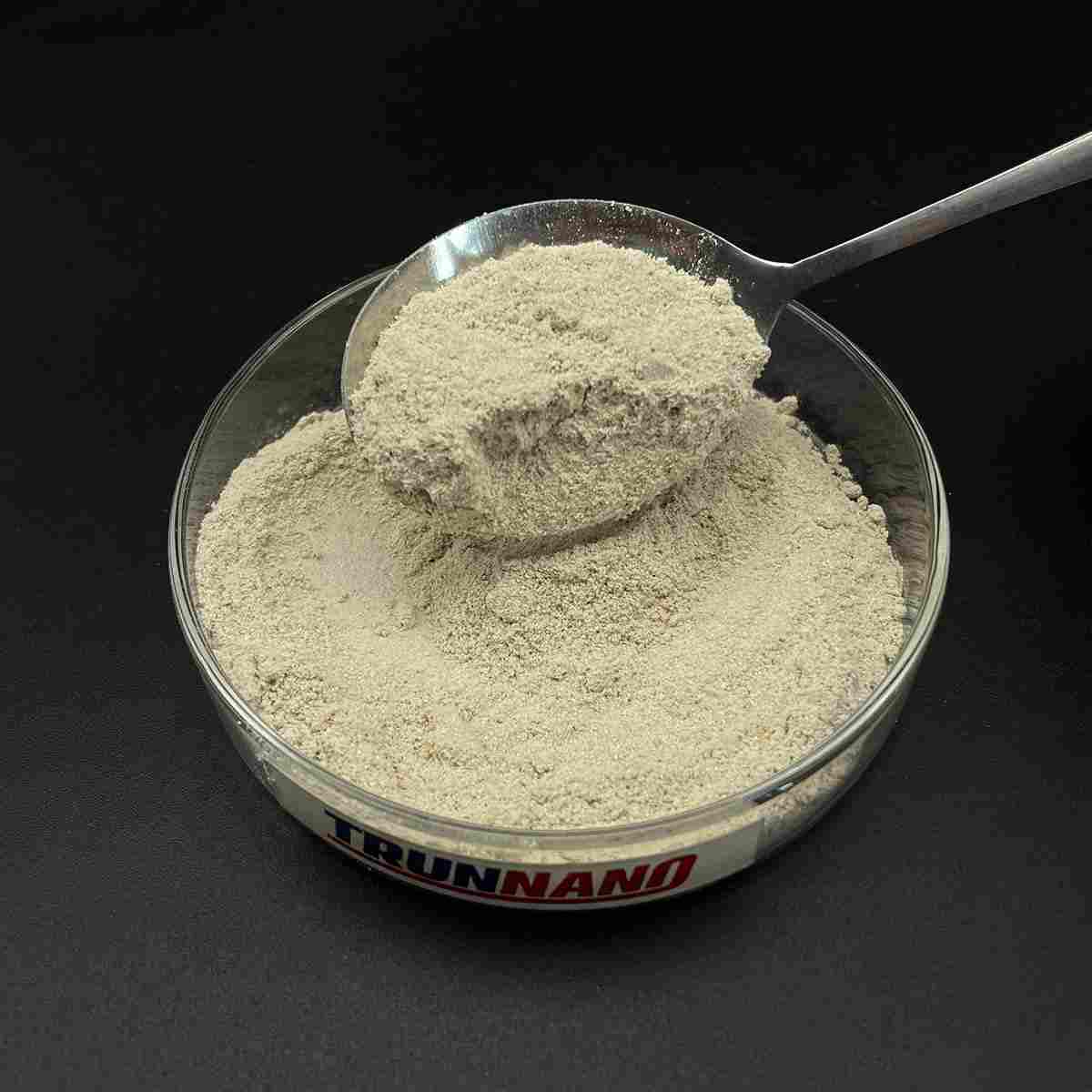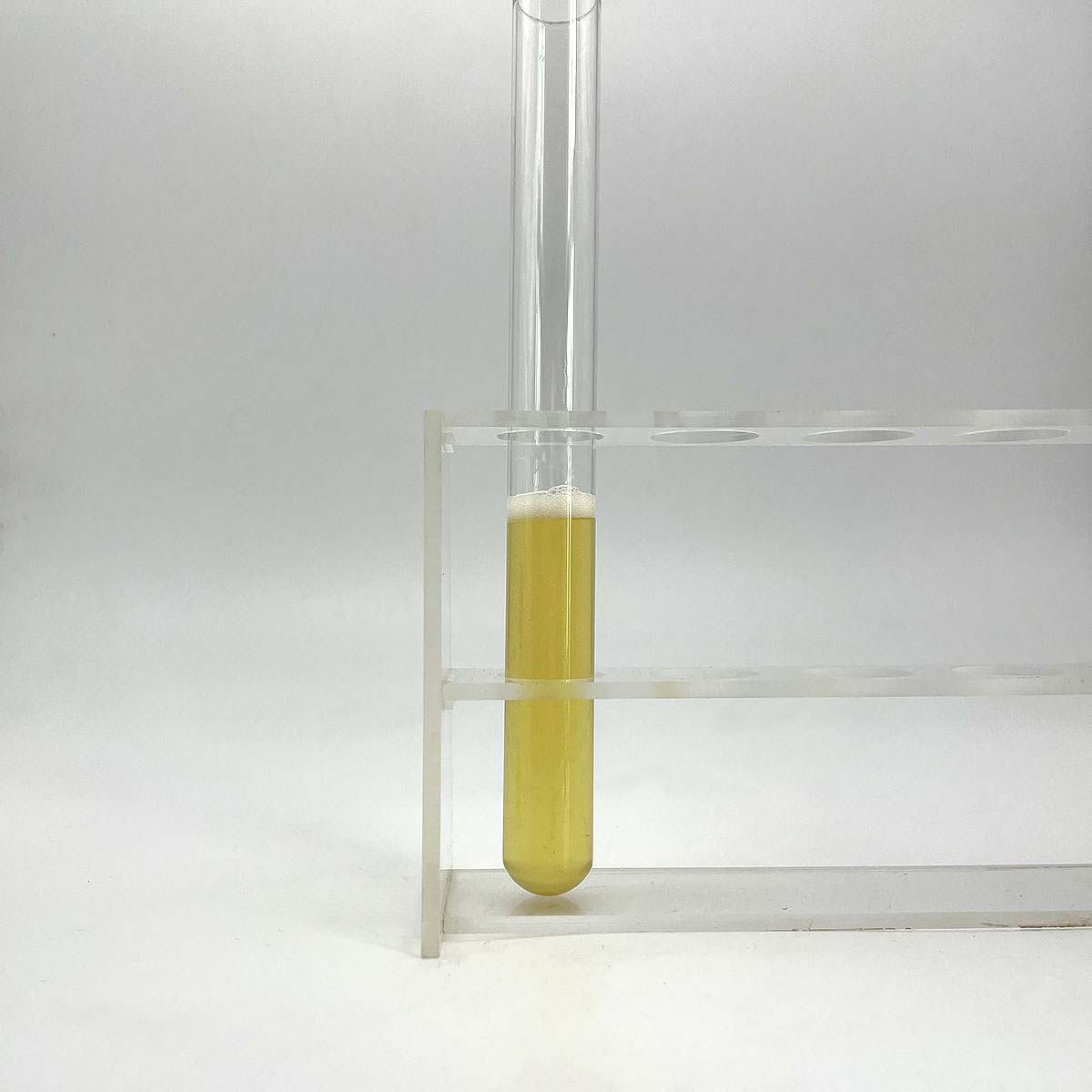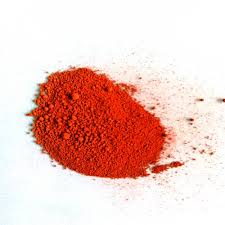Overview of YG8 1.6~3.2mm 3.2~4.8mm carbide tungsten alloy lumps/powder/granules/particles
Metal powder is a common form of metal that has been processed into fine particles, ranging from a few micrometers to over 100 microns in diameter. It plays a crucial role in various industrial applications due to its unique properties and versatility.
Features of YG8 1.6~3.2mm 3.2~4.8mm carbide tungsten alloy lumps/powder/granules/particles
Physical Characteristics
Particle Size: Ranging from nanometers to hundreds of micrometers, the size distribution significantly influences the powder’s flowability, packing density, and sintering behavior.
Shape: Particles can be spherical, irregular, flake-like, or dendritic, each shape affecting the final product’s mechanical properties and surface finish.
Purity: Depending on the production method, metal powders can achieve high levels of purity, critical for applications like electronics and aerospace where impurities can degrade performance.
Density: While less dense than their solid counterparts due to the presence of air between particles, metal powders can be densely packed during processing to approach the density of the solid metal.
Chemical Properties
Reactivity: Some metal powders, particularly aluminum and titanium, are highly reactive with air and moisture, necessitating careful handling and storage under inert atmospheres or vacuum.
Oxidation: Exposure to air can lead to surface oxidation, forming a passive layer that affects sintering and other processes. This can be managed through surface treatment or use of protective atmospheres.

(YG8 1.6~3.2mm 3.2~4.8mm carbide tungsten alloy lumps/powder/granules/particles)
Parameters of YG8 1.6~3.2mm 3.2~4.8mm carbide tungsten alloy lumps/powder/granules/particles
YG8 is a type of tungsten carbide tool material, specifically designed for high-performance cutting applications in industries such as metalworking, machining, and automotive. It is a composite material that combines tungsten carbide particles with cobalt binder to create a hard and wear-resistant tool material. The YG8 grade is known for its exceptional strength, thermal stability, and edge retention.
The term “1.6~3.2mm” refers to the particle size range of the tungsten carbide in this grade. This size indicates that the carbide lumps or particles fall within a diameter range from 1.6 millimeters to 3.2 millimeters. This size distribution ensures a balance between durability and efficiency, as larger particles provide better wear resistance, while smaller ones offer a finer finish on machined surfaces.
The “3.2~4.8mm” refers to another particle size group, which consists of carbide lumps or granules ranging from 3.2 millimeters to 4.8 millimeters in diameter. This coarser size provides even greater wear resistance and is suitable for heavy-duty operations where higher hardness and toughness are required.
The lumps, powder, and granules/particles in YG8 can be processed into various forms, such as inserts for cutting tools, blanks for turning and milling operations, or even as a feedstock for producing bonded metal carbide tools. The choice of form depends on the application’s specific needs, as each has its advantages in terms of tool geometry, manufacturing processes, and cost-effectiveness.
YG8 carbide is often used in high-speed cutting due to its ability to withstand elevated temperatures without degrading. The cobalt binder in the composition helps distribute heat more evenly across the tool, prolonging its life and maintaining peak performance over time. This grade is commonly found in inserts for milling, drilling, and turning operations, where it excels in precision work and demanding conditions.
In summary, YG8 tungsten carbide is a versatile material characterized by its particle size ranges of 1.6~3.2mm and 3.2~4.8mm, offering a balance of wear resistance and machining efficiency. Its unique combination of tungsten carbide and cobalt binder makes it ideal for high-speed, high-pressure cutting applications, ensuring long tool life and excellent surface finish quality. Regardless of whether it’s in lump, powder, or granule form, YG8 remains a popular choice among engineers and manufacturers seeking top-notch performance in their cutting tools.

(YG8 1.6~3.2mm 3.2~4.8mm carbide tungsten alloy lumps/powder/granules/particles)
FAQs of YG8 1.6~3.2mm 3.2~4.8mm carbide tungsten alloy lumps/powder/granules/particles
Inquiry us






